What can you do to recover from a herniated disk in this younger generation?
If you have any queries or suggestions, please feel free to reach out via email to info@harisonfitness.com. We will do everything in our capacity to ensure that you love your experience with us.
Nowadays, many young people, young because of long-term sitting work, resulting in lumbar disc herniation. 30 years of age has a 70-year-old back, serious need to do lumbar fusion in order to improve the lumbar disc herniation, so what are the fusion surgery?
01Common Procedures for Lumbar Fusion
1. Posterolateral fusion
Posterolateral fusion has also been used earlier; this procedure is simple and easier to expose and maneuver. However, it also has disadvantages, that is, it is not possible to treat the intervertebral space during the procedure and it is not possible to solve the pain of disc origin. So, these should be taken into consideration while applying it, otherwise it will not be able to cure the patient completely.
2、Intervertebral fusion
Interbody fusion is widely used and it is much more stable, with a very high fusion rate of the implants, and it also restores the height of the intervertebral space, which helps to relieve pressure on the nerve roots.

3、360°Fusion
360° fusion is a combination of multiple fusion techniques that can be used for more complex lumbar spine disorders, and the cure rate is still very high.
02What you should do after surgery to recover as quickly as possible
Action 1: side bridge
Movements: The movement is a side-lying style, one side of the arm is bent, the small arm and the ground close together, the big arm and the small arm is at an angle of 90 °, the hand is in the shape of a fist. The other side of the arm up, and shoulder level, palm open, five fingers together.
The head is in an upright position, not swinging from side to side. The knee of the leg on the side with the bent arm should be resting on the ground, the calf bent backward and in a 90° foot with the thigh, and the other leg in the same position as this one and overlapping. Repeat this movement on the left and right sides. Repeat this action, do 2 sets each time, one set hold for 20 seconds.
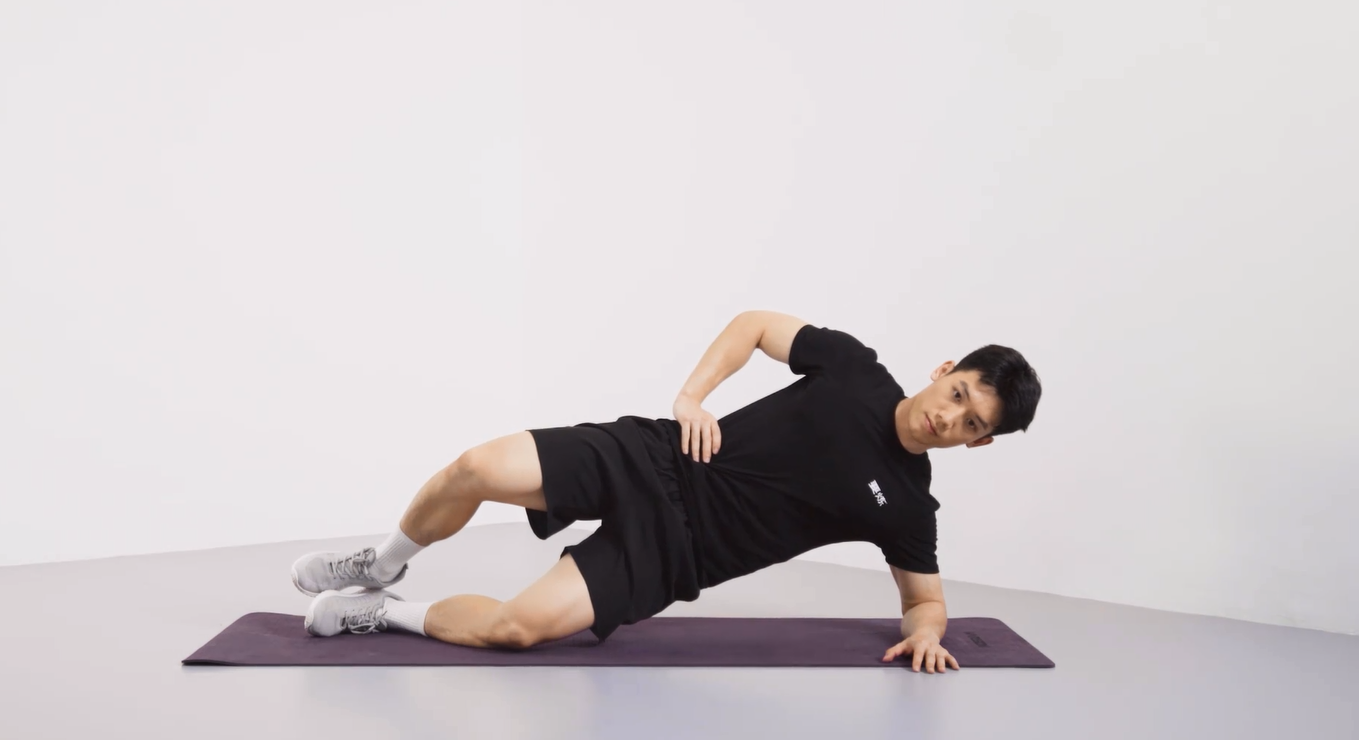
Action 2: standing pull-up
Movement essentials: the movement for the standing position, the elastic band on the side of the body of one end fixed on the ground, two arms open and shoulder width, two hands holding the elastic band. Arms from the side of the body diagonally down, to the diagonal diagonal upward, while keeping the body stable, do not shake. Repeat the exercise on the left and right sides for a duration of around 20 seconds. Repeat this movement, doing 2 sets at a time, with one set containing ten movements.
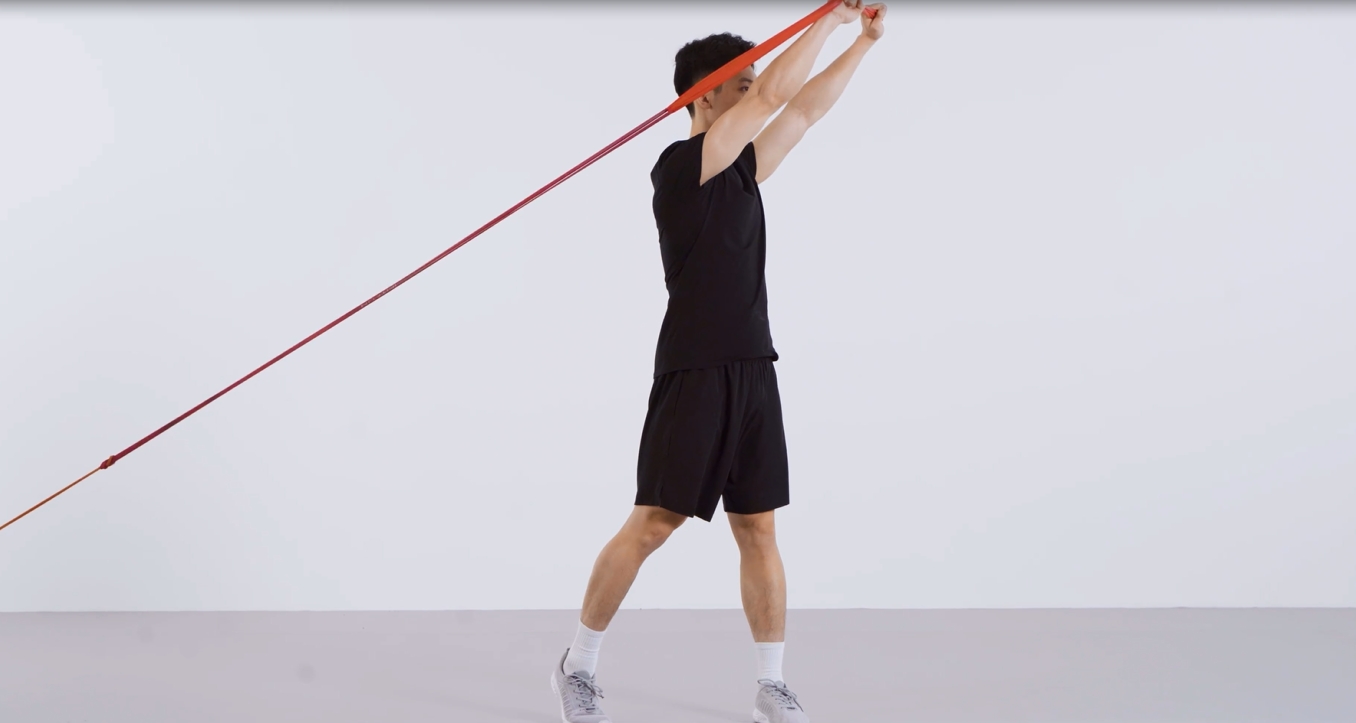
Action three: deep squat
Action points: the action for the standing position, the upper body to remain upright, hands crossed in front of the chest, palms open, feet stand apart, and shoulder width, toes facing forward, and then slowly downward deep squat. However, in the course of this action must pay attention to the direction of the knees when squatting, should face the direction of the toes, so that the knees are not damaged.
If you are not facing the right way, you will feel pain inside your knee, and this is the time to stop immediately and switch the angle until it does not hurt. Repeat the exercise for about 20 seconds. Repeat this movement for 2 sets each time, one set containing ten movements.
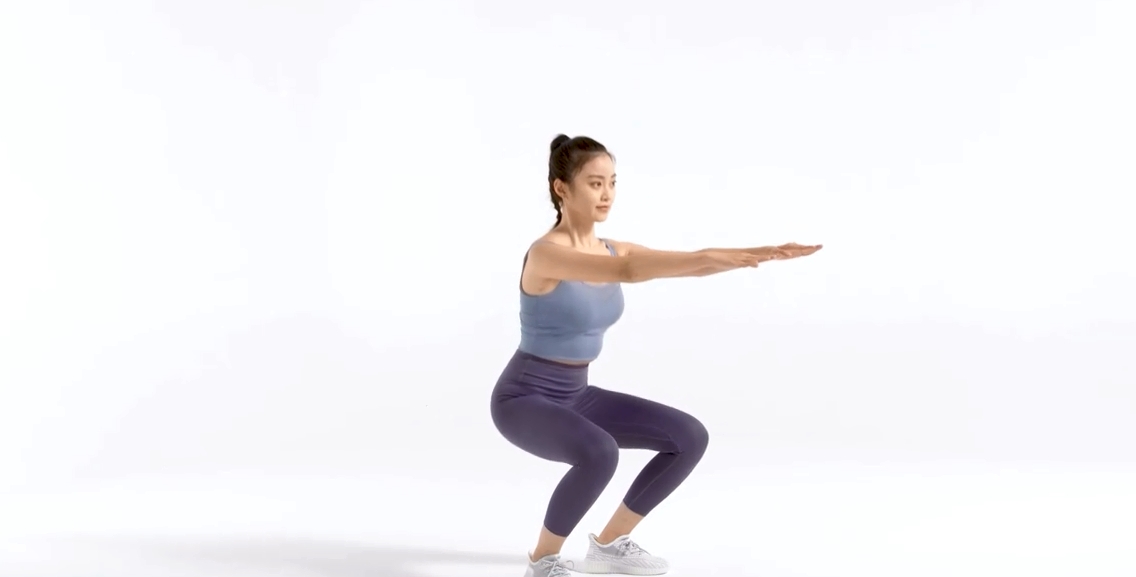
All three of these movements can be used for exercise purposes, and contacting them two to three times a day, 40 minutes after a meal, will help to repair the muscles after lumbar fusion surgery. It strengthens the core against rotation and improves the stability of the body.

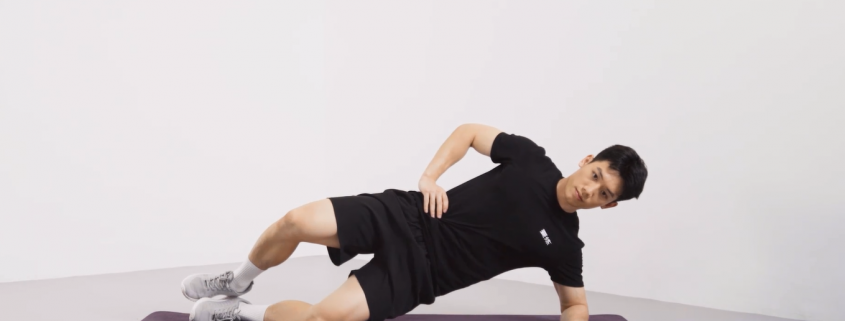


Leave a Reply
Want to join the discussion?Feel free to contribute!